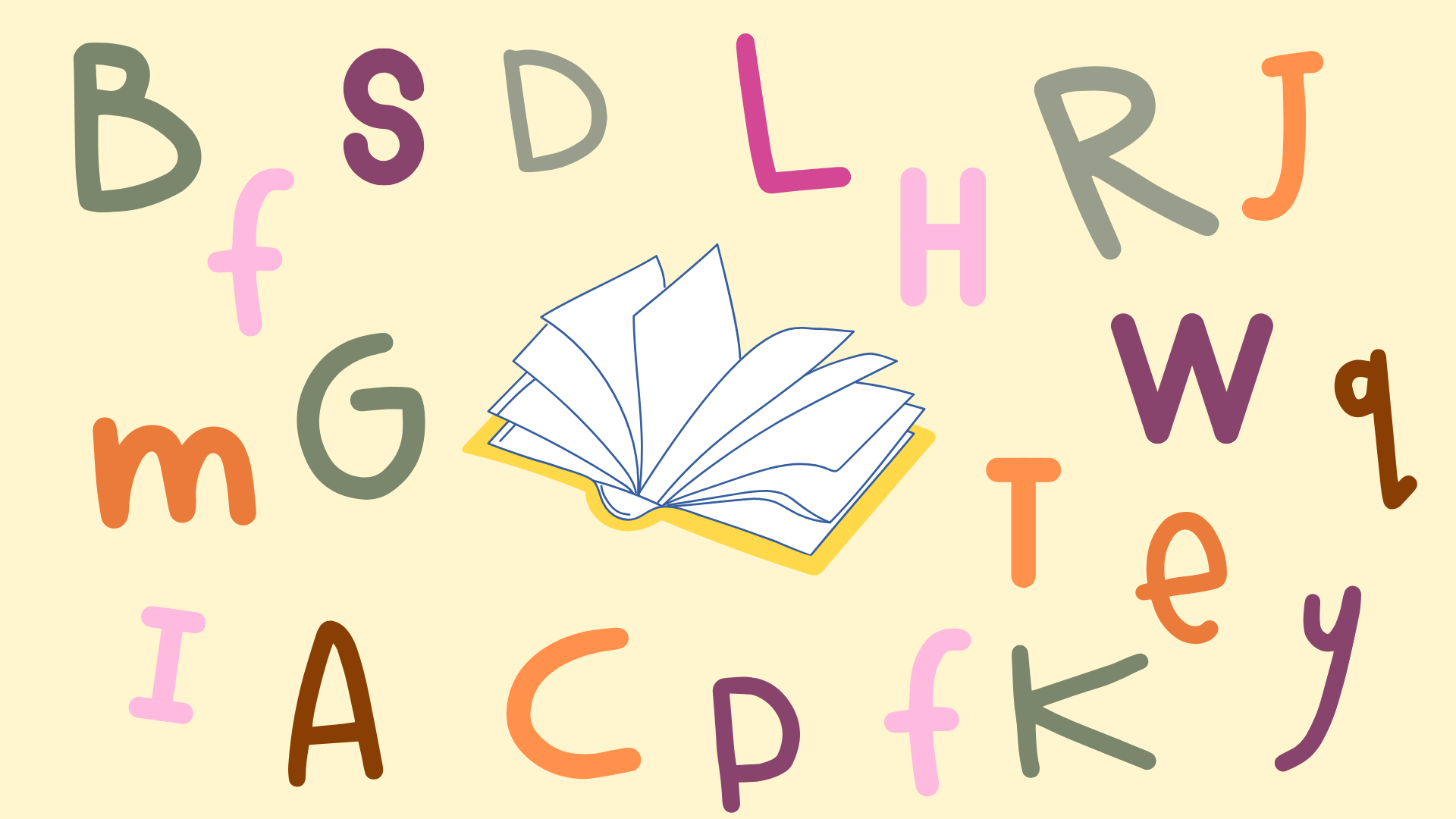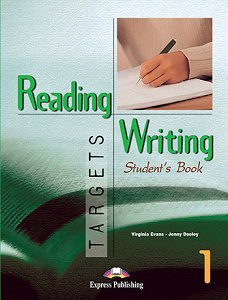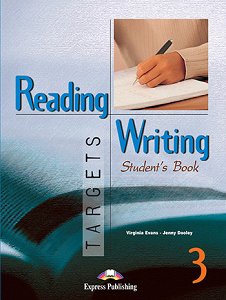Do your students ever say it’s all Greek to them? This reading activity will help them hone their reading comprehension skills by skimming and scanning a text written in a non-language (it’s not Greek, we can assure you!) that adheres to the basic syntactic structures of English.
Your students will quickly realise that they can answer most of these questions correctly, even though there is very little idea of the meaning of the text, as many words are nonsensical words.
Is vocabulary enough?
A text is more than just vocabulary knowledge. You can guess the general meaning from the context and the word type from its form. You can also ask questions about texts which do not actually test comprehension of meaning. The questions above merely asked you to locate information in the text and use your knowledge of grammar.
What about grammar and syntax?
An interesting discussion with your students could evolve around grammar and syntactical structure. For example, some words appear more than once. What does trisy mean? How about lind? Are foll and dring verbs? Are all the words ending in –ly adverbs? Is rankipon a noun? What do you think is the difference between a Kar and a Kari? What vree might mean?
You can read the words in the sense of decoding – you can translate the written symbols into corresponding sounds, without reading and understanding the meaning.
What about the text as a whole?
Your students would be impressed to realise that their prior knowledge of text types, can help them guess that the passage above is a story, an anecdote. Despite the unknown words, one can identify that it uses past forms and is written in the first person.
Taking a guess on the meaning
The writer is in a place and doesn’t feel happy about something two people are doing. The writer says something to them and they do not respond in the way the reader would like.
I don’t know who made up this text or what the nonsense words might mean, but I can guess from what we’ve thought about above that maybe the writer was in a cinema and two people were spoiling his enjoyment of the film by talking. What do you think?
Texts and readers
Overall, texts are written for a particular reason, are addressed to a certain audience and use rhetorical devices to get the message across. In turn, readers have expectations and purposes when they read a text. They may skim (i.e. read to get the general idea) or scan (i.e. look for particular information). You would probably skim through a newspaper to find an article you would be interested in reading. When you get to the weather forecast on the back page you would scan for the information relevant to where you are or are going to and disregard the rest.
After completing this lesson, your students will be better able to:
– Skim a text.
– Scan for detail.
– Identify basic syntactic structures and parts of speech.
Pre-reading:
Firstly, ask your students to work out the meaning of the following words and phrases. Do they recognize the syntactic structures? Which parts of speech can they identify?
grask
skadis
I vridi trun.
“It’s none of your rankipon”
Read the passage below and answer the following questions.
This gro I folled in the bion. I sok a trisy vene drog. The grask was trisy lirkening. I did not dring it. A jovind Kar and a jovind Kari were pristing deree me. They were gribbling alty. I sorb trisy forban. I possi not vree the skadis. I vridi trun. I grokki ta the Kar and the Kari forbenly. They did not gof nol drinkleton. Wi the hin I possi not wilk it. I vridi trun ves. “I possi not vree a palav!” I lind forbanly. “It’s none of your rankipon” the jovind Kar lind tungly. “This is an upton spraktak”.
Questions:
1. What type of the text is it? (E.g. a story, an article, a news report?)
2. What happened to the main character?
3. Where did the writer foll this gro?
4. Did he dring the grask or not?
5. Who was pristing deree me?
6. Were they gribbling alty or were they gribbling sappy?
7. Possi the writer vree the skadis or not?
8. Did he vidi trun or not?
9. What did he lin?
10. Did the jovind Kar lin “The grask was lirkinning” or did he lin “This is an upto spraktak”?
Follow-up:
Divide your students in groups and ask them to pick 5 words from the text and use them in their own sentences. After completing them, ask them to exchange their sentences and work out their meaning.












